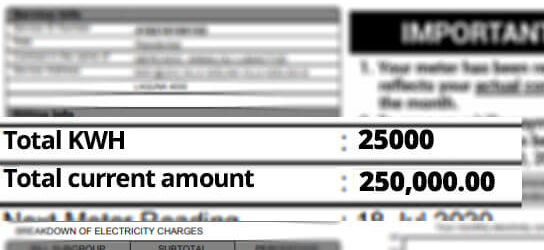Introduction
Have you ever wondered where your trash goes after you toss it into the bin? In many cases, it ends up in landfills or is incinerated. However, modern technology offers a more innovative and sustainable solution: waste-to-energy (WTE) technologies. This article delves into the science and engineering behind transforming waste into a valuable energy resource.
Traditional Methods: Landfills and Basic Incineration
Traditionally, municipal waste has been managed in two primary ways: landfills and basic incineration. Landfills are neither environmentally friendly nor sustainable, as they produce significant amounts of methane, a potent greenhouse gas. According to the Environmental Protection Agency (EPA), landfills are the third-largest source of human-related methane emissions in the United States (EPA Landfill Methane Outreach Program). Basic incineration, while reducing the volume of waste, often results in harmful emissions and leaves behind toxic ash.
Waste-to-Energy Technologies
Waste-to-energy (WTE) technologies offer a greener alternative by converting waste into usable energy. Three main methods dominate this field:
Incineration with Energy Capture

Advanced incineration technologies not only reduce waste volume but also capture the heat produced during combustion. This heat can generate steam, which then drives turbines to produce electricity. According to the European Commission, modern waste incineration plants are designed to minimize emissions and maximize energy recovery (European Commission, 2019). Advanced filtration systems capture harmful emissions, making it an environmentally safer option than basic incineration.
Anaerobic Digestion

Organic waste such as food scraps and yard waste can be processed using anaerobic digestion. In an oxygen-free environment, microorganisms break down the waste, producing biogas as a byproduct. This biogas, mostly comprising methane, can be used for electricity or heat production. The International Renewable Energy Agency (IRENA) highlights that anaerobic digestion is particularly effective for managing organic waste streams and producing renewable energy (IRENA, 2018).
Gasification
Gasification involves subjecting waste materials to high temperatures and limited oxygen. Instead of burning the waste, gasification converts it into synthetic gas (syngas), which can be used to generate electricity or produce liquid fuels. According to the World Energy Council, gasification is a highly efficient process that can significantly reduce the volume of waste (World Energy Resources, 2016).
Efficiency and Waste Reduction
The efficiency of these WTE technologies varies but is generally higher than landfills when it comes to energy production and waste volume reduction. For instance, modern incinerators can reduce waste volume by up to 90% while capturing energy. Anaerobic digestion and gasification are particularly efficient for organic and specific industrial wastes, respectively. According to a report by the International Energy Agency (IEA), these technologies are key to improving waste management and energy efficiency (IEA, 2019).
Challenges and Future Prospects
WTE technologies are not without their challenges. High initial investment costs and the need for advanced filtration systems are barriers to widespread adoption. The World Bank reports that financing and regulatory frameworks are critical for the successful implementation of WTE projects (World Bank, 2013). However, ongoing research aims to improve efficiency, reduce costs, and mitigate environmental impacts, making WTE a promising avenue for sustainable waste management.
Conclusion
Waste-to-energy technologies provide a double benefit: reducing landfill usage and generating renewable energy. As we aim to transition to more sustainable ways of living, these methods offer a scientifically sound and environmentally friendly option for dealing with municipal waste. While challenges exist, the potential rewards in waste reduction and renewable energy production make waste-to-energy a field ripe for innovation and growth.
By understanding the science and engineering behind these technologies, we can better appreciate their potential as part of a sustainable future.


